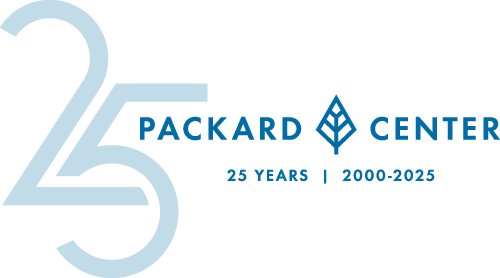


Researchers Show How Repeat Sequences in ALS Gene Produce Disease

Researchers identify how the repeat sequence at the front of C9ORF72, a gene closely associated with ALS, can create toxins in the cell that lead to disease.
Amyotrophic Lateral Sclerosis (ALS) is a condition characterized by progressive muscle weakness, a loss of muscle mass and an inability to control movement. While only a small fraction (<10%) of ALS cases have a genetic root, C9ORF72 is one of the more common genes associated with the disease.
C9ORF72 contains a series of repeat segments (hexanucleotide repeats) in a non-coding region of the gene. These repeat sequences have been associated with potential toxicity through the production of nuclear granules, which may disrupt RNA processing, as well as untraditional translation. The molecular identity and the spatial distribution of these repeat sequences has remained elusive.
A research team at Johns Hopkins University has identified a pathway whereby repeat sequences are exported and translated in the cytoplasm, which can lead to progression of symptoms associated with the disease. The results are available in the September issue of the journal Nature Communication.
“[This project] started as a curiosity to understand the biology of how translation could happen from an intron, which is against the central dogma of biology,” said Shuying Sun, Ph.D., associate professor of Pathology at Johns Hopkins University School of Medicine and senior author on the study.
Previous studies have found the expansions of short nucleotide sequence repeats account for more than 40 neurological or neuromuscular diseases. The hexanucleotide (GGGGCC) repeat expansion (HRE) is in the intron, or first non-coding section, of C9ORF72. It has been associated with both the genetic cause of ALS and frontotemporal dementia (FTD).
To study repeat sequences using traditional biochemical approaches, researchers have to break the cell open, which destroys a critical element of the study — where the repeats are located in the cell. For this study, the team used a single-molecule imaging approach to visualize the repeated portion of C9ORF72 within the cell. This approach allowed the researchers to understand the location and role of the repeated portions of the gene in the RNA granules and dipeptide repeats (DPR) production.
The intron is a degradation product and should not be exported from the nucleus. This study demonstrates that the G-rich repeats on the intron can stabilize the intron and remove it from mRNA. This molecule takes on a circular form due to defective lariat debranching. The NXF1-NXT1 pathway regulates its export to the cytoplasm.
“We are seeing the intron in two different places in the cell,” said Bin Wu, assistant professor in biophysics and biophysical chemistry at Johns Hopkins School of Medicine, an expert on the single molecule imaging technique and contributing author on the paper. “The fact that [the molecule] is a circle gives it more stability, which may increase the accumulation of the toxic repeats.”
This finding is critical because the intron was not thought to be in contact with the ribosome where a potential protein can be translated, and it offers a potential therapeutic approach. According to Sun, new therapies that target specific components of the NXF1-NXT1 pathway could reduce the production of proteins created in this unique process.
Future work could explore ways to degrade the circular form of the RNA to reduce downstream toxicity. In addition, single-molecule imaging could expand on the field’s understanding of how genetic and sporadic cases of ALS progress.
“Many traditional technologies cannot give a direct answer, but now with a single molecule imaging, we can visualize this [process] in single, live cells,” said Sun. “This is a good example of a new technology opening windows to address questions and bring new thought to the implication for disease.”
###
Sun and Wu were joined by Shaopeng Wang, Malgorzata Latallo, Zhe Zhang, Bo Huang, Dmitriy Bobrovnikov, Daoyuan Dong, Nathan Livingston, Wilson Tjoeng, Lindsey Hayes, Jeffrey Rothstein and Lyle Ostrow at Johns Hopkins University School of Medicine on the project titled “Nuclear export and translation of circular repeat containing intronic RNA in C9ORF72-ALS/FTD.” This project received funding from the National Institutes of Health, the National Science Foundation, the Department of Defense, the Pew Charitable Trust, the Johns Hopkins University School of Medicine Discovery Fund Synergy Award, Target ALS, ALS Association and the Packard Center for ALS Research.
~Stacy Kish
November 2021 Edition
Overactive Microglial Pruning linked to Defective C9orf72 Gene in Neurodegenerative Diseases
Researchers Show How Repeat Sequences in ALS Gene Produce Disease
